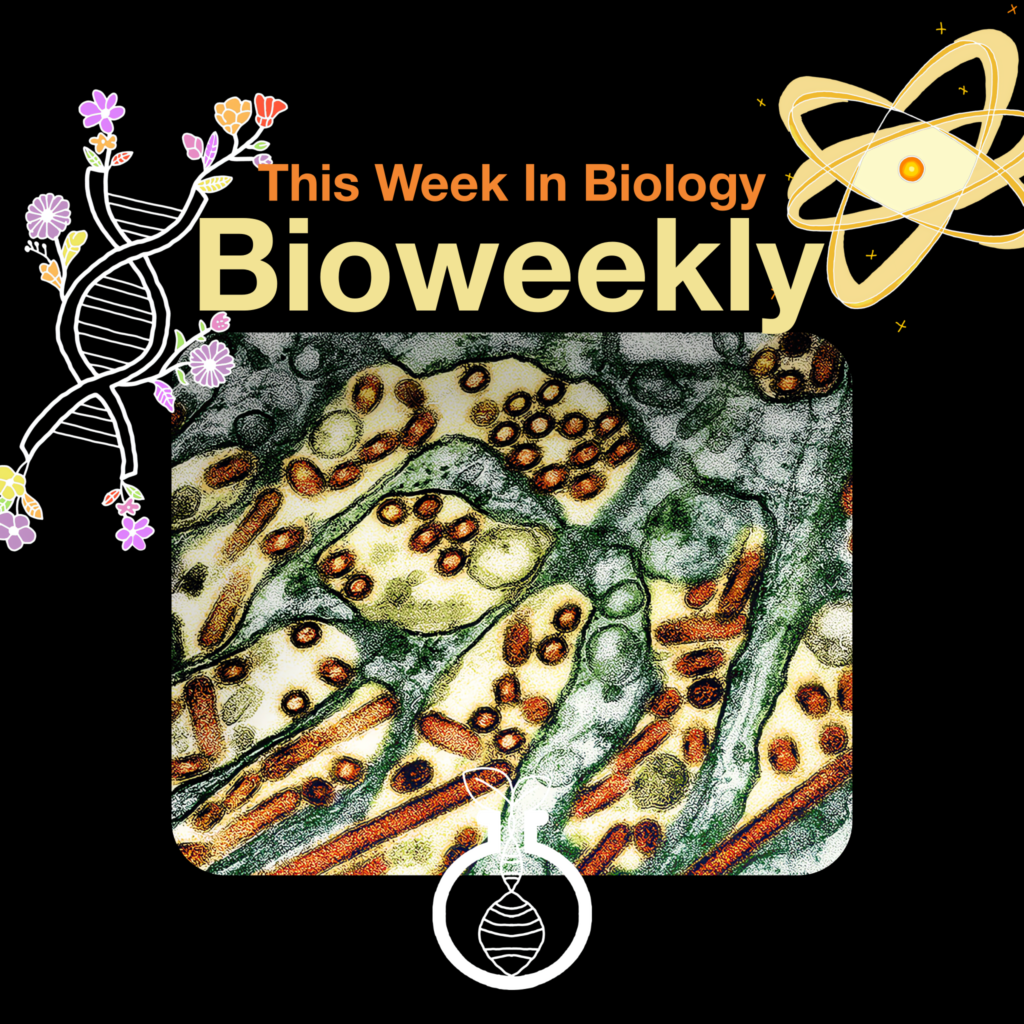We’re thrilled to have you here! Each week, we bring you the latest and most fascinating stories from the world of biology, uncovering the science that shapes our lives and the planet we call home. This week, we’re exploring some incredible stories: advancements in human embryo models that are pushing the boundaries of science and raising ethical questions, a groundbreaking discovery of a new blood group system, MAL, that promises to enhance blood compatibility and patient care, and the alarming rise in mosquito-borne diseases across Europe, driven by climate change and shifting weather patterns. Dive in, explore, and let’s journey together through these exciting developments in biology. Happy reading! 🌍🔬🩸🦟
You can find all of the sources in this article right below each headline
Human embryo models are getting more realistic — raising ethical questions
Researchers worldwide are developing increasingly realistic human embryo models to study early development, infertility, and potential therapies. These models, though imperfect, replicate key stages of early human life and offer insights into critical processes, such as organ formation and embryo viability. However, as these models advance—some even mimicking a heartbeat—ethical concerns arise regarding their potential to resemble real embryos too closely. Various countries are grappling with how to regulate these models, especially as scientific progress outpaces legal and ethical frameworks. The rapid development has raised debates about their use in research, their moral status, and how far scientists should go in mimicking natural embryos. Some countries are revisiting embryo research regulations, while bioethicists argue over the balance between scientific insight and ethical boundaries.
Though these models offer exciting prospects for improving fertility treatments and understanding developmental disorders, the ethical dilemmas surrounding them will only intensify as the field progresses. Scientists must navigate these ethical challenges while advancing life-saving research.


You can find the full article from here
New Blood Group System MAL Discovered
A groundbreaking discovery has unveiled a new blood group system, MAL, and its associated antigen, AnWj, which has been a mystery for over 50 years. Previously known but not understood, the AnWj antigen’s genetic background has now been traced to the MAL protein, which is crucial for identifying and treating rare blood types.
The MAL blood group system includes the AnWj antigen, whose absence can lead to serious transfusion reactions. With over 99.9% of people being AnWj-positive, the new findings help address the needs of the small percentage of individuals who are AnWj-negative due to genetic causes or illnesses affecting antigen expression.
Researchers used advanced techniques like whole exome sequencing to uncover that the AnWj-negative phenotype results from deletions in the MAL gene. This breakthrough allows the development of new genotyping tests to detect rare AnWj-negative patients and donors, improving transfusion safety and patient care.
Dr. Louise Tilley and her team from NHS Blood and Transplant, alongside other experts, are celebrating this achievement, which marks the resolution of a long-standing puzzle in blood group science.


You can find the full article from here
Surge in Mosquito-Borne Diseases in Europe Raises Alarm
Mosquito-borne diseases like West Nile virus (WNV) and dengue are surging in Europe, driven by climate change. Warmer temperatures, extended summers, and increased rainfall are creating ideal conditions for mosquitoes, which are spreading to regions previously unaffected.
So far this year, Europe has reported 715 cases of WNV, surpassing previous records. The disease, transmitted by the Culex pipiens mosquito, has resulted in 51 deaths. Experts predict further increases in cases as the season progresses. The WNV primarily affects older adults and those with weakened immune systems, causing fever, headaches, and in severe cases, neurological complications.
Climate change is also allowing the Asian tiger mosquito (Aedes albopictus) to spread, bringing tropical diseases like dengue and chikungunya to new areas. This summer, Italy and France reported new cases of these diseases, which are linked to rising temperatures and increased rainfall.
Additionally, global travel and ongoing outbreaks in other parts of the world, such as South and Central America, contribute to the spread of these diseases. Scientists emphasize the need for preventive measures like using repellents, wearing protective clothing, and eliminating mosquito breeding sites.
There are also concerns about the risk of asymptomatic carriers contaminating blood supplies, highlighting the importance of vigilant surveillance and preparedness for emerging mosquito-borne diseases.


You can find the full article from here
Thank you for diving into this week’s news with us. We hope you enjoyed uncovering these fascinating updates as much as we did. Be sure to return next week for more exciting discoveries from the world of science. Until then, stay curious and keep exploring!




My name is Ali Emre Cabadak, a dedicated biology enthusiast currently pursuing my studies at Marmara University, where I am majoring in Bioengineering. As a passionate advocate for scientific discovery and innovation, I am the founder of Biologyto. My goal is to bring the wonders of biology closer to everyone and inspire a new generation of thinkers and innovators. Through Biologyto, I aim to write scientific articles that delve into the fascinating world of biology, sharing insights and discoveries that inspire curiosity and innovation.





